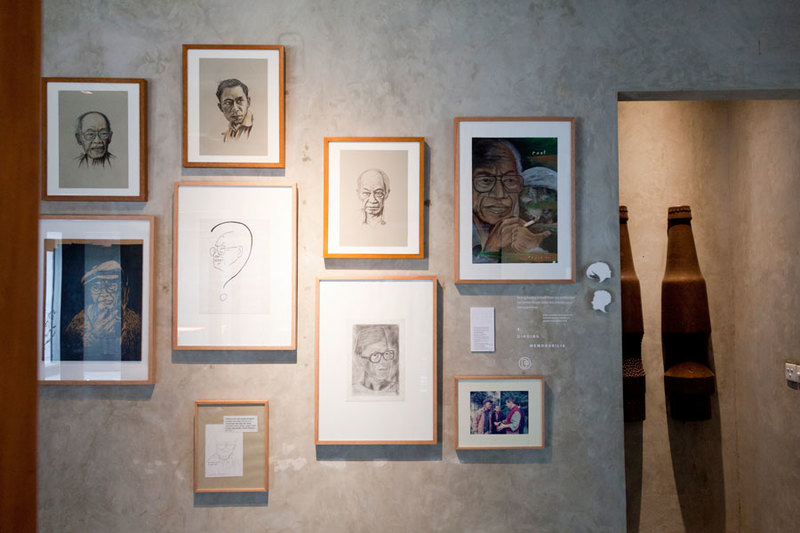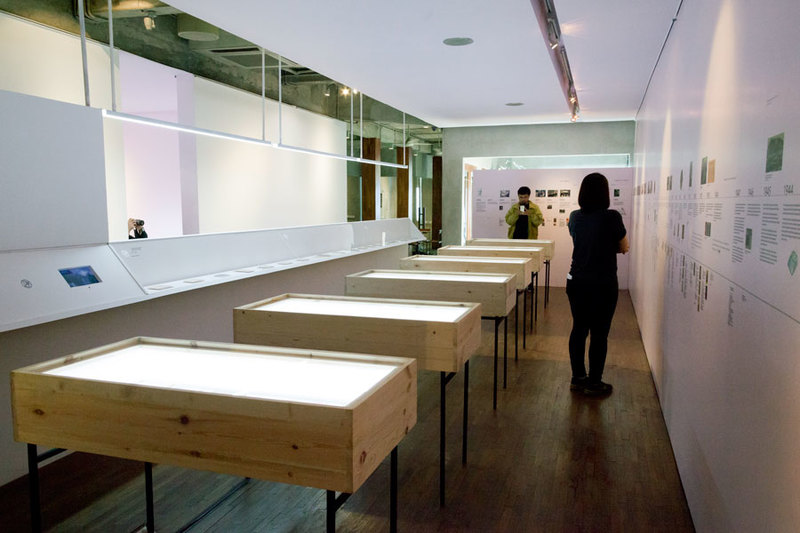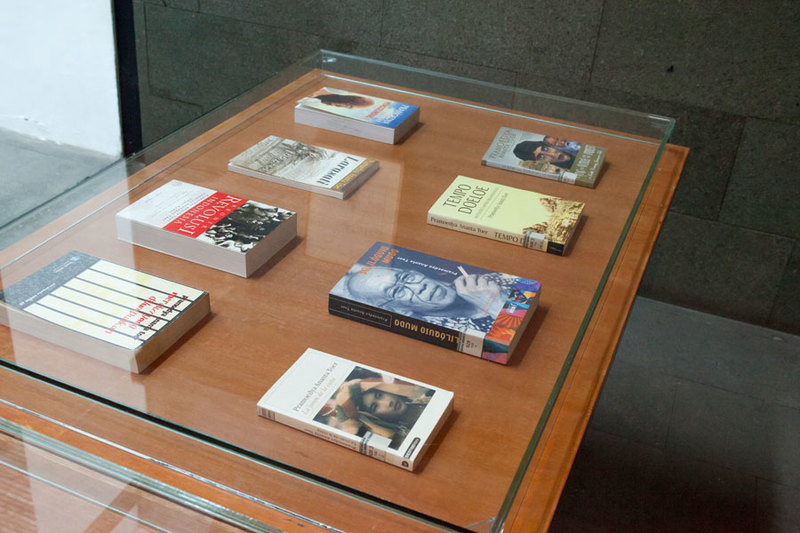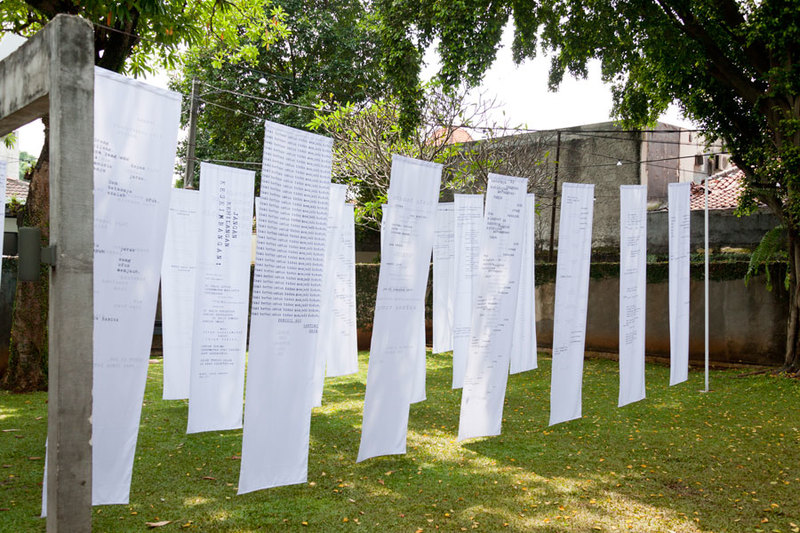EVENTS

The Life of a Legend : Pramoedya Ananta Toer
Indonesia’s greatest novelist, Pramoedya Ananta Toer —widely known as Pram— had a life that was far more incredible than the stories he created. Now, through the exhibition, “Namaku Pram: Catatan & Arsip” (My Name is Pram: Notes and Archives), visitors can have a closer look at the life of the legend.

The exhibit, which runs until 20 May at Dia.Lo.Gue Kemang, Jakarta, was initiated by the Titimangsa Foundation with the support of the Djarum Foundation. This follows the success of the theatre performance of “Bunga Penutup Abad” (The Flower that Ends the Century) in 2016 and 2017 which were adaptations of Pram’s novels, “Bumi Manusia” (The Earth of Mankind) and “Anak Semua Bangsa” (Child of All Nations).
The exhibition displays a figure of Pram who was not only a writer, but a curator of the everyday experience. On entering the exhibit, one is taken along a chronological journey, the Wall of Life, across significant markers of Pram’s life, including the years in which he experienced the iron fist of tyranny that had ruled the land he loved. Despite experiencing difficulties during this period, he never stopped writing for the generations that would come after him.
Further into the exhibit, The Space of Notes and Archive, one can learn the hitherto unseen life behind the writer’s persona. This main part of the exhibition features his possessions which were preserved by family members Astuti Ananta Toer and Angga Okta Rahma.


Pram’s everyday items, such as faded photographs, several unpublished letters, post cards, unfinished encyclopedias as well as his collections of news, data and manuscripts have been showcased. These objects offer a glimpse of author’s life including his time authoring the Buru island tetralogy during his imprisonment there in the Soeharto era. The letters from his family during his exile from 1965 to 1979 show that he had a warm relationship with them.
We can also see evidence that he used to burn trash every morning and afternoon from sketches displayed at the exhibit. It is believed Pram always burned anything he considered unwanted, including his own manuscripts.
The exhibition also showcases the atmosphere of Pram’s work space with a table that always faced west and the three typewriters he always used. When he grew tired of or bored with what he was currently working on, he would change subjects and move to another typewriter. Like with many writers— especially of his time— cigarettes and an ashtray were always on his desk.

The exhibition also features video interviews of Indonesian public figures who knew him well and were inspired by him, including Hilmar Farid, Rieke Diah Pitaloka, Harun Sulaiman, Asmara Abigail and Budiman Sudjatmiko. Visitors can also have a look the Garden of Words outside the building to understand how the author communicated his ideas and beliefs through the characters he invented in his books. His words were strong and showed alternative perspectives on how we can look at life and the relationship between people.
Dia.lo.gue Artspace
Jl. Kemang Selatan. No.99A
South Jakarta
www.dialogue-artspace.com






